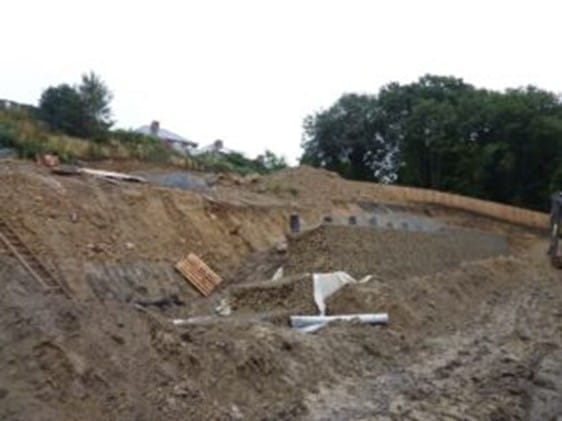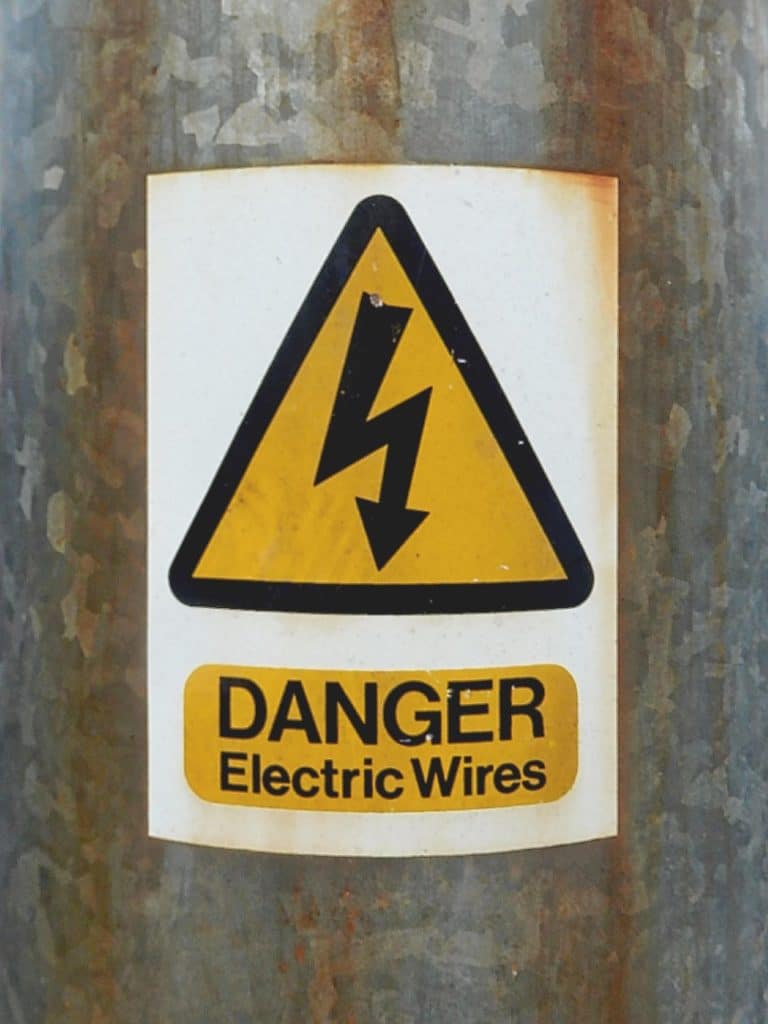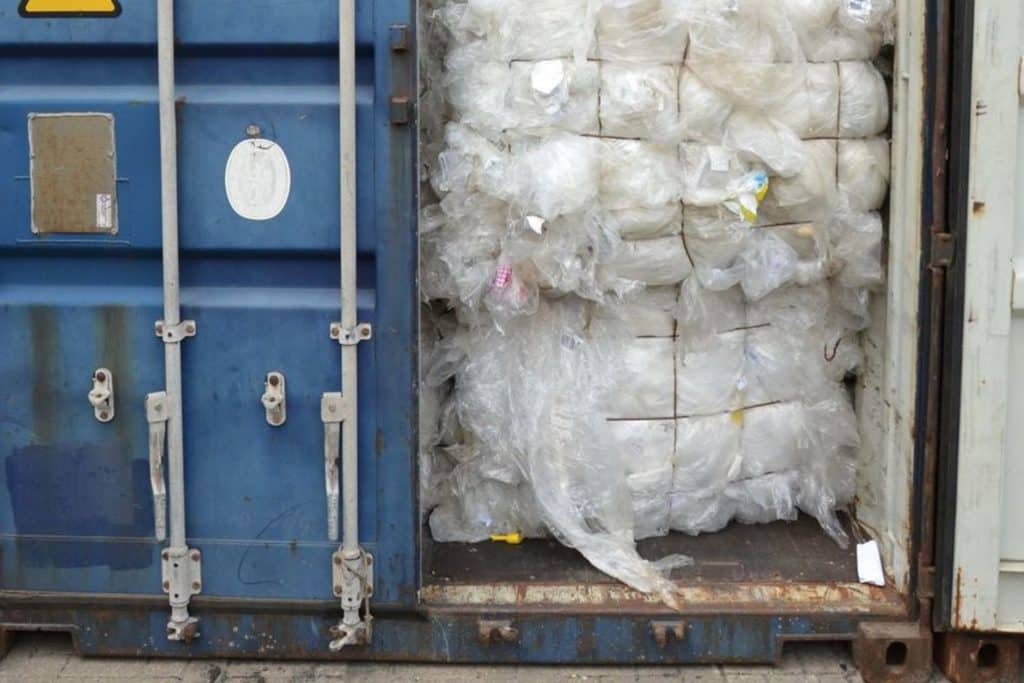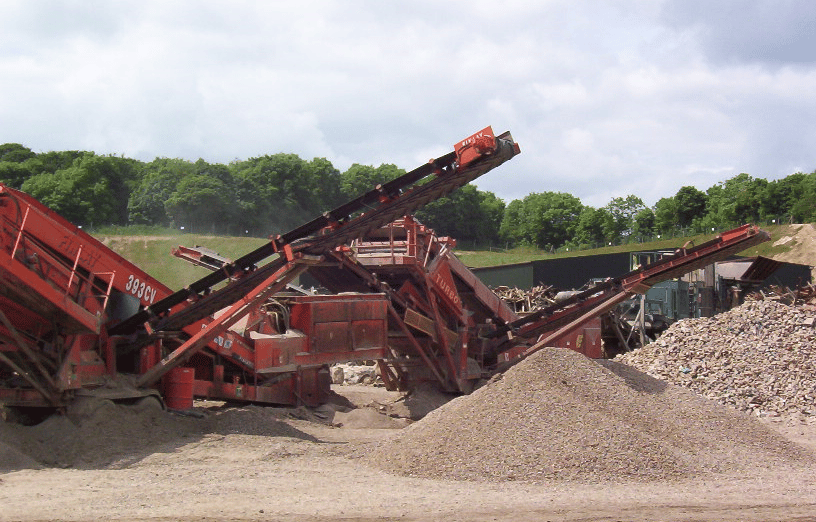Unsafe working at height activity has resulted in a carpentry and joinery company being fined after a man working unsecured on the forks of a fork-lift truck fell 3.5 metres to the ground.
On 14 June 2021, the man was working for Staircraft Group Limited at their head office site at Bayton Road Industrial Estate, Exhall, Coventry.
The employee was working from an unsecured stillage on the forks of a fork-lift truck in order to clean office windows at height. The stillage tipped and the employee fell 3.5 metres to the ground. As a result of the incident, he sustained a broken leg and an injury to his elbow.
An investigation by the Health and Safety Executive (HSE) found the company failed to identify that using a stillage to lift someone on the forks of a forklift truck, a method that they had used before, was unsafe. There was a lack of training for employees on the dangers of working at height without the proper equipment and there were no systems of work or risk assessments in place.
At Redditch Magistrates’ Court Staircraft Group Limited, of Bayton Road Industrial Estate, Exhall, Coventry pleaded guilty to breaching Section 2(1) of the Health and Safety at Work etc Regulations 1974 and was fined £200,000 and ordered to pay costs of £6,477.93.
“The employee’s injuries were very serious, and he could have easily been killed.
“This serious incident could so easily have been avoided by simply carrying out correct control measures and safe working practices.
“Companies should be aware that HSE will not hesitate to take appropriate enforcement action against those that fall below the required standards.”
HSE inspector Rebecca Whiley
Employers have a duty to assess the risks of working at height and to eliminate or reduce risks as far as reasonably practicable. The Work at Height Regulations 2005 impose duties on employers to ensure that activities which are required to take place at height are conducted safely.
Work at height means work in any place where, if precautions were not taken, a person could fall a distance liable to cause personal injury. This includes work above ground/floor level, locations where you could fall from an edge, through an opening or fragile surface or could fall from ground level into an opening in a floor or a hole in the ground
Work at height does not include a slip or a trip on the level, as a fall from height has to involve a fall from one level to a lower level, nor does it include walking up and down a permanent staircase in a building.

Unsafe working at height can occur when tasks are not properly planned. The Regulations apply to all work at height, where there is risk of a fall liable to cause personal injury. They place duties on employers, and those who control any work at height activity (such as facilities managers or building owners who may contract others to work at height). As part of the Regulations, you must ensure:
- all work at height is properly planned and organised
- those involved in work at height are competent
- the risks from work at height are assessed, and appropriate work equipment is selected and used
- the risks of working on or near fragile surfaces are properly managed
- the equipment used for work at height is properly inspected and maintained
Before working at height, you must follow these simple steps:
- avoid work at height where it is reasonably practicable to do so
- where work at height cannot be easily avoided, prevent falls using either an existing place of work that is already safe or the right type of equipment
- minimise the distance and consequences of a fall, by using the right type of equipment where the risk cannot be eliminated
Unsafe working at height can occur when tasks are not properly planned. In planning a work at height task, you should:
- do as much work as possible from the ground
- ensure workers can get safely to and from where they work at height
- ensure equipment is suitable, stable and strong enough for the job, maintained and checked regularly
- not overload or overreach when working at height
- take precautions when working on or near fragile surfaces
- provide protection from falling objects
- consider emergency evacuation and rescue procedures
What about ladders?
Unsafe working can occur if ladders are used inappropriately. The law says that ladders can be used for work at height when a risk assessment has shown that using equipment offering a higher level of fall protection is not justified because of the low risk and short duration of use; or there are existing workplace features which cannot be altered.
Short duration is not the deciding factor in establishing whether an activity is acceptable or not – you should have first considered the risk. As a guide, if your task would require staying up a leaning ladder or stepladder for more than 30 minutes at a time, it is recommended that you consider alternative equipment.
You should only use ladders in situations where they can be used safely, e.g. where the ladder will be level and stable, and where its reasonably practicable to do so, the ladder can be secured.
The HSE has produced a guide, Safe Use of Ladders and Stepladders which is available as a free download.
If you require advice on working at height in your business, please contact on of the Ashbrooke team.









